20+ Sample Visual Product Roadmap Templates & Tools
-
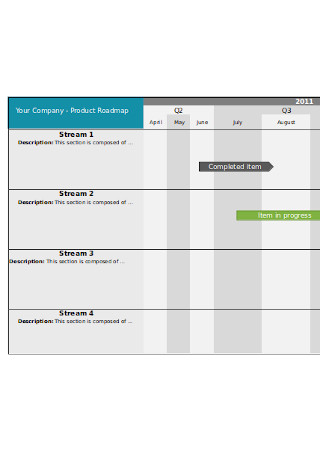
Editable Product Road Map
download now -
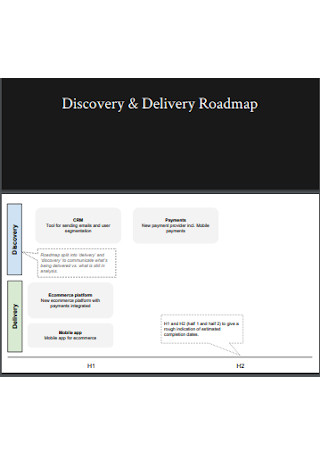
Product Road Map Template
download now -
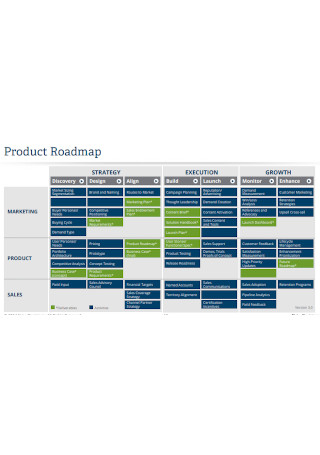
Road Map and Tools
download now -

Product Roadmap Sample
download now -
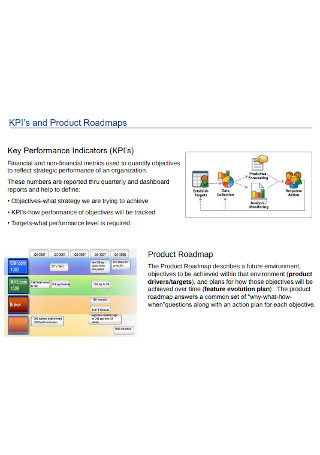
Product Roadmap and Summary
download now -
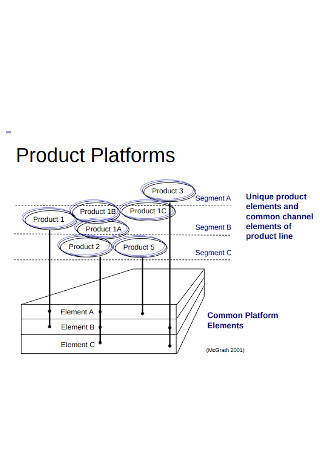
Product Strategy
download now -
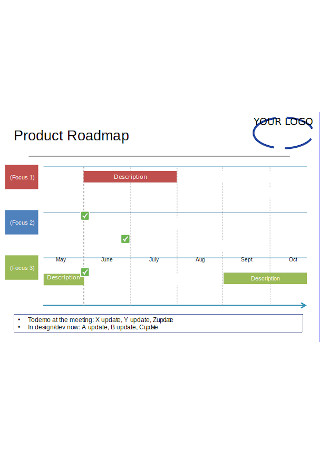
Printable Product Roadmap
download now -
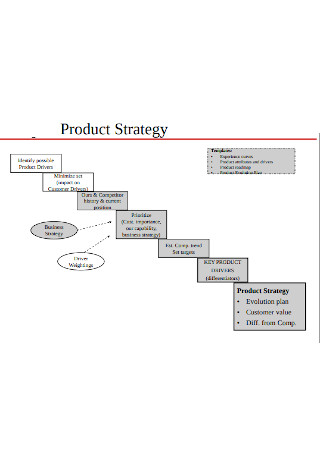
Wireless Roadmap Review
download now -
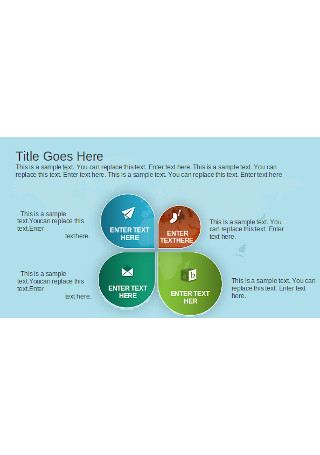
Visual Product Roadmap
download now -
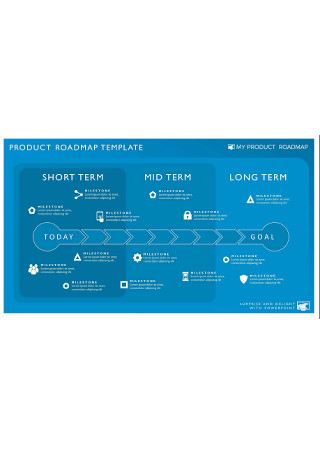
Product Roadmap Template
download now -
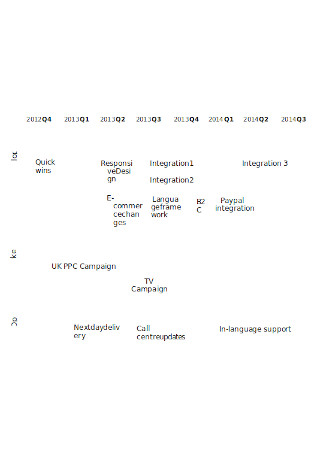
Sample Product Roadmap
download now -
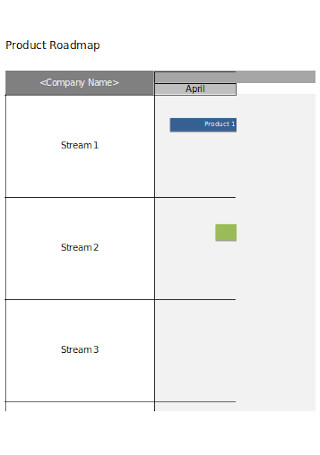
Editable Product Roadmap
download now -
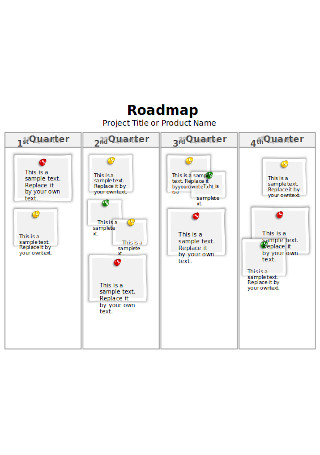
Product Map Sample in DOC
download now -

Product Map Sample in XLS
download now -

Basic Roadmap
download now -
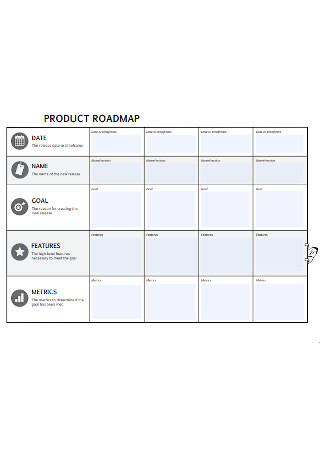
Simple Product Roadmap
download now -
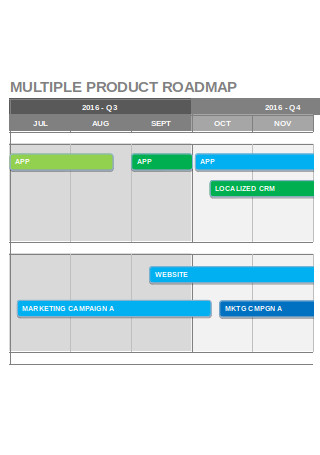
Multiple Product Roadmap
download now -

Product Roadmap Example
download now -
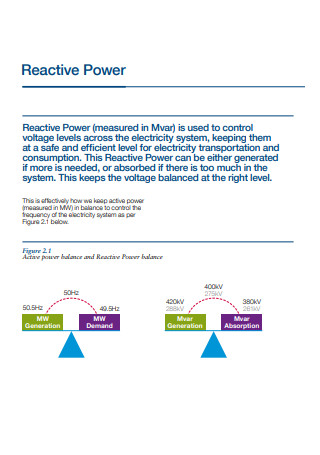
Product Roadmap for Reactive Power
download now -
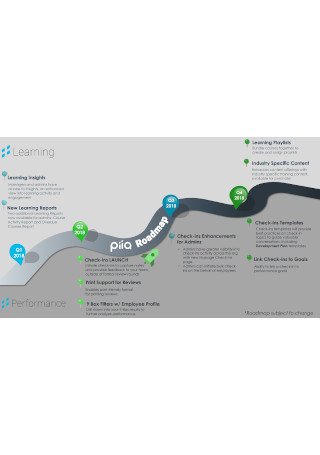
Basic Product Roadmap Template
download now -
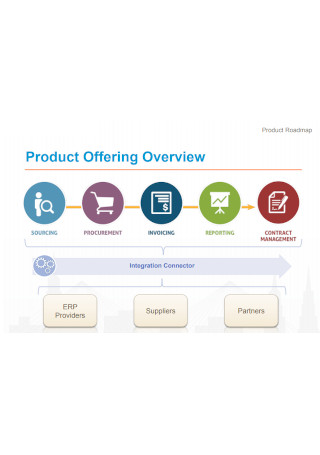
Professional Product Road Map
download now
FREE Visual Product Roadmap & Tools s to Download
20+ Sample Visual Product Roadmap Templates & Tools
What Is a Visual Product Roadmap?
Major Elements of a Visual Product Roadmap
8 Steps for Creating an Excellent Visual Product Roadmap
Advantages of Having an Exemplary Visual Product Roadmap
Dos and Don’ts for Developing an Effective Visual Product Roadmap
What Is a Visual Product Roadmap?
It is important for you to be detail-oriented whenever you are immersed in the processes of product management. Since a visual product roadmap is one of the tools used in this discipline, it is imperative for you to make sure that your product roadmap visualization is at par with the quality standards of your product team and organization. A visual product roadmap is a tool for communication that helps you persuade your stakeholders to believe in your product strategy. It specifically presents the direction that the product being presented will take through time in consideration of the strategies that you are proposing.
Major Elements of a Visual Product Roadmap
60% of product managers specified that the availability and implementation of more technical training can help them to become better and more successful with what they do (source: alphahq). If a product manager is knowledgeable on how to code and how to develop a visual product roadmap, it will let them become more confident to provide their deliverable and ensure that their KPI’s are met. As a product manager, it is highly-suggested for you to use a visual product roadmap if you want your stakeholders to see the bigger picture of the product life cycle while having an overview of your product strategy plan. Here are the major elements that you have to closely look into during the development of a visual product roadmap:
1. The Learning and Data Gathering Curve Needed to Be Prioritized
All the people who are immersed in the creation of the visual product roadmap must be fully-aware of what they are doing. It is necessary for you to take the time to research and further learn about the things that should be observed in the visual product roadmap for it to be deemed effective. Be particular with your research curve so you can instill all the information that your workforce needs for them to function effectively and accordingly.
2. The Alignment of Communication Channels and Touch Points Used by Different Stakeholders
Your visual product roadmap can help all of your internal and external stakeholders to be on the same page. Allowing the tool to promote collaboration within involved entities can make it easier for you to communicate your product strategy. With this, it is important for you to know your audience or your stakeholders so you can develop a visual product roadmap that can truly resonate with them.
3. The Connection Between the Objectives of the Organization and Your Product
The product strategies that you would like to materialize should be relevant and aligned with the direction of your organization. You have to know your product’s strategic themes as this can help you strengthen the actual roadmap in consideration of what your company or establishment would like to achieve. When aligning your objectives with that of the organization, you need to make sure that your plans of action are flexible enough so that your desired output can be achieved even with the potential presence of small strategic changes brought by the organization’s activities.
4. The Goals and Objectives That Your Product Would Like to Achieve
It is important for you to know why there is a need for the product to be offered and for the visual product roadmap to be created in support of this. Be particular with reason for the product’s actual existence so you can identify all the items that you need to put together to prove that it is a necessity. Present tangible and measurable deliverable that are interconnected with your goals and objectives. Doing this is very important as you try to create a visual product roadmap since specifying the mentioned items can help you give more focus on what the visual product roadmap is all about and what the actual product is for.
8 Steps for Creating an Excellent Visual Product Roadmap
A visual product roadmap can make a lot of difference when it comes to ensuring that your stakeholders can thoroughly understand the product life cycle. Providing a visual guide that fully showcases your product strategy can let your target audience have a clear view of the exact message that you would like to relay to them. If you are planning to create an excellent visual product roadmap on your own, here are the steps that you can follow:
Step 1: List Down All the Items That You Would Like to See In a Visual Product Roadmap In-Detail
You need to dig deep within your product roadmap so you can visually present all relevant details about it in a micro-level. Before you create a visual product roadmap, you first have to ensure that the content that you want to relay to your stakeholders will be completely and accurately presented in the specific tool. Assess and identify how much information you would like to display. It will be very useful if you will rely on using a checklist or any other organizational tool so you can properly define your product strategy and list down all of your sales strategies, product goals, initiatives, and releases.
Step 2: Look For a Template Containing Frames That Fit the Content Presentation Requirements of Your Own Visual Product Roadmap
It is essential for you to cater to a particular audience. This is where the importance of template selection comes in. You have to choose which major points should be highlighted across your products and product lines so you can develop themes and key features that can interest either your internal or external stakeholders. Look for the most suitable visual product roadmap template to use so you can easily execute this step of the development process.
Step 3: Mark Product Milestones
For you to have an additional layer of information within the things that you want to discuss, you have to mark your desired high-level achievements and the dates in which you would like them to be realized. This is very important when aligning the needs, expectations, and goals of the organization with your strategies. Ensure that your milestones are in distinct colors that can make them identifiable. You can also include symbols that can incorporate distinction in your milestones especially those that are directly aligned with product development, improvement, design, and marketing.
Step 4: Use Key Dates to Make the Flow of Your Roadmap More Understandable
Aside from your milestones, it is also important for your visual product roadmap to have key dates. In comparison to your milestones, key dates are more in-depth as these are used by the product manager to promote alignment at a team level or within the organization’s internal environment.
Step 5: Organize Your Visual Product Roadmap
All the data that you are working with, as specified above, must be organized. Ensure that the information that you need to present in the roadmap are not cluttered by dividing them into manageable groups. Have a system that can enable you to pivot or group all of your data accordingly. Through this, you can specifically present a story and activity flow that your stakeholders can surely understand.
Step 6: Use Color to Make Your Visual Product Roadmap Look More Attractive and More Understandable
We’ve already talked about using color when marking your milestones. This also goes in all the other data available in the visual product roadmap. Your color selection for each data presentation should allow you to convey the relationships between your variables and represent the connection between items.
Step 7: Use Labels That Are Brief and Short for Final Content Presentation
Just like when making a recruitment flowchart and a recruitment process flowchart, it is recommended for you to come up with labels that are simple, straightforward, and easy to understand as you make your visual product roadmap. The information that you will put in each area of the visual product roadmap must be brief so to not make the tool look cluttered or poorly developed.
Step 8: Refine the Visual Product Roadmap
Once you have already put together all the elements and variables of the visual product roadmap, make sure to have another view of the entire document. Try to polish it as much as possible so you can eliminate any unnecessary features, content, and items that can only lessen the usability of your output.
Advantages of Having an Exemplary Visual Product Roadmap
The ability of your team to execute an excellent product roadmap visualization can give you higher chances of getting your desired successes. You have to remember that there are actually valid reasons on why it is important for you to execute roadmap visualization. Here are some of the advantages of having an exemplary visual product roadmap which can further push you to develop the specific document with mindfulness and focus:
Dos and Don’ts for Developing an Effective Visual Product Roadmap
In the processes of making a visual product roadmap, you always have to remind yourself that the specific tool is not meant to be an operational checklist. You have to look into a visual product roadmap as a document that can help you to develop and present a strategic plan for your product and not something that will be solely used to track what you need to do. Some of the things that you have to look into as you develop an effective visual product roadmap include the following:
Do’s
1. Do Ensure That You Have a High-Level and High-Quality Visual Product Roadmap Discussion and Presentation
Make sure that you will create a visual product roadmap that can leave a positive impact. You have to keep in mind that visualizing a product roadmap is not just about satisfying concerns and addressing issues about a presentation’s overall aesthetic. With this, focus on the ways on how you can put your visual product roadmap together so you can have a successful product strategy presentation.
2. Do Focus on the Usage of Colors to Visualize Your Flow of Idea
A visual product roadmap must be pleasing to the eyes. Your visual product roadmap should be clear enough that it is very easy for your target audience to grasp its content specifications. Use color schemes that can promote the organized listing of your visual product roadmap’s elements. Look into a color wheel or a color chart so you can come up with color combinations that will surely make sense as you try to incorporate these in your roadmap flow.
3. Do Use Large and Understandable Fonts for the Visual Product Roadmap Development
Let people know your strategy right away. Using appropriate and visually-appealing elements can make your visual product roadmap look more polished. One of the things that you can give your focus on is the usage of fonts that are appropriate for the features of the specific tool. Stick with business-appropriate and simple fonts rather than resorting to fancy ones.
Don’ts
1. Don’t Let Your Visual Product Roadmap Confuse or Mislead Your Target Audience
You have to create a systematic and understandable presentation of your product roadmap. Be concise with the things that you want to present especially when it is already time to interlink or connect them with all the other details of the document. Do not use any details or additional features that can only open your presentation to different interpretations. Let the tool get the attention of your stakeholders in a positive manner by ensuring that they can relate to the actual visualization of your product roadmap.
2. Don’t Work on the Visual Product Roadmap Alone
The product manager is the one who is responsible for the development of a visual product roadmap. However, the marketing and design teams also play important roles with how the desired output of the product manager can materialize. You have to utilize the expertise and skills of the product teams and other involved entities so you can create the best visual product roadmap that your organization and other stakeholders will most likely appreciate.
3. Don’t Include Any Irrelevant Information in the Visual Product Roadmap
Always prepare whenever there is a need to present your visual product roadmap to your project team or any other stakeholders. You have to ensure that your visual product roadmap isn’t cluttered so that it can become as transparent and as direct to the point as possible.
With the available visual product roadmap templates, tools, and samples available in this post; why don’t you try to develop your own visual product roadmap at this very moment? Make sure to use our listed references accordingly and appropriately so you can achieve the quality of the document output that you want to have.
